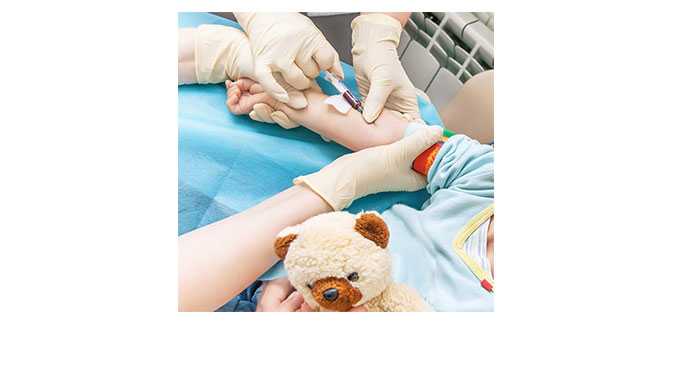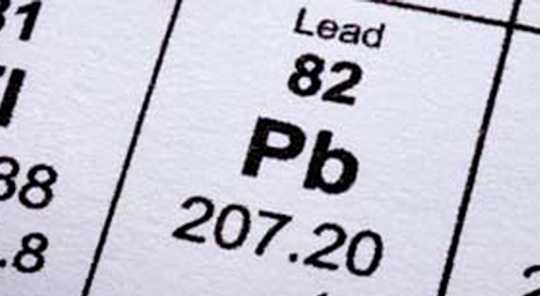Today at least 4 million households have children living in them that are being exposed to high levels of lead. There are approximately half a million U.S. children ages 1-5 with blood lead levels above 5 micrograms per deciliter (µg/dL), the reference level at which CDC recommends public health actions be initiated.
No safe blood lead level in children has been identified. Lead exposure can affect nearly every system in the body. Because lead exposure often occurs with no obvious symptoms, it frequently goes unrecognized. CDC’s Childhood Lead Poisoning Prevention Program is committed to the Healthy People 2020 goals of eliminating blood lead levels ≥ 10 µg/dL and differences in average risk based on race and social class as public health concerns. The program is part of the National Center for Environmental Health's Division of Emergency and Environmental Health Services.
What's New?
- Blood Lead Test Safety Alert: Learn about CDC Recommendations
- Second Informational Call (CDC-RFA-17-1701PPHF17), April 5, 2017, 2:00-3:00 p.m. EDT
- FY 2017 Funding Opportunity Announcement
- 2017 Lead Poisoning Prevention Trainings
- Childhood BLLs in Children Aged <5 Years — U.S., 2009–2014
- Infographic
- Key Programs to Reduce Childhood Lead Exposures [PDF - 14MB]
Related Links
- Lead recalls: U.S. Consumer Product Safety Commission
- Lead in the workplace: National Institute for Occupational Safety and Health (NIOSH) / Adult Blood Lead Epidemiology Surveillance Program (ABLES)
- Advisory committee: NCEH/ATSDR Board of Scientific Counselors
- Lead in the environment: Agency for Toxic Substances and Disease Registry (ATSDR)
- Federal partner agencies: Department of Housing and Urban Development (HUD) and U.S. Environmental Protection Agency (EPA)
- Page last reviewed: February 9, 2017
- Page last updated: February 9, 2017
- Content source:
National Center for Environmental Health, Division of Emergency and Environmental Health Services


 ShareCompartir
ShareCompartir





